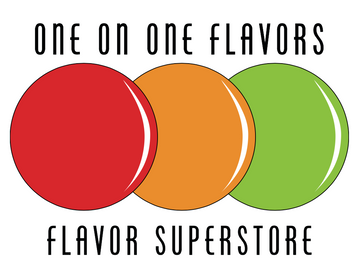Artificial flavors are a common ingredient in everything from soft drinks and candy to baked goods and snack foods. But how safe are they? Consumers are increasingly interested in what goes into their food, and artificial flavoring often sparks questions about its impact on health.
In this guide, we’ll break down what artificial flavors are, how they compare to natural flavors, and what science says about their safety.
What Are Artificial Flavors?
Artificial flavors are lab-created compounds that replicate the taste of naturally occurring flavors. Instead of extracting flavor from fruits, herbs, or spices, scientists identify the key chemical components responsible for a particular taste and reproduce them synthetically.
For example, the vanillin compound in vanilla beans can be recreated synthetically to produce artificial vanilla flavoring—making it a cost-effective and widely available alternative to natural vanilla extract.
Artificial flavors are commonly used because they:
✔ Provide consistent taste regardless of seasonal ingredient availability.
✔ Extend shelf life without degradation.
✔ Are highly concentrated and require less product for strong flavor.
Artificial vs. Natural Flavors: What's the Difference?
- Natural Flavors – Extracted from plant or animal sources, such as fruit, herbs, or dairy.
- Artificial Flavors – Created through scientific processes to mimic natural taste.
Despite the distinction, both types of flavoring undergo strict FDA approval processes to ensure they are safe for consumption. The key difference is the source of the ingredients, not necessarily their safety.
Are Artificial Flavors Safe?
The FDA (Food and Drug Administration) and other global health organizations, such as the European Food Safety Authority (EFSA), regulate and approve artificial flavorings before they can be used in food. Each ingredient undergoes:
- Toxicology Testing – To assess safety and potential health effects.
- Usage Limit Determination – Establishing safe consumption levels.
- Continued Monitoring – Reviewing long-term safety data.
The majority of artificial flavors used today are generally recognized as safe (GRAS) when consumed within recommended limits.
However, some people prefer to avoid artificial flavors due to personal dietary choices or sensitivities to certain synthetic compounds.
Should You Avoid Artificial Flavors?
Artificial flavors are considered safe for consumption, but if you prefer a diet with fewer synthetic ingredients, you can opt for natural flavors or products that use essential oils and extracts instead.
Consumers looking for natural alternatives should check ingredient labels for:
- "Natural flavors" instead of "artificial flavors"
- Essential oils or botanical extracts for pure, plant-based taste
- Unflavored or whole-food ingredients for a minimal approach
Ultimately, artificial flavors are widely used because they help maintain affordable, flavorful, and consistent food products. Whether you choose artificial or natural flavors depends on your personal preference and dietary goals.
Final Thoughts
Artificial flavors have been extensively studied and are considered safe for consumption by food regulatory authorities. While some consumers prefer natural flavor sources, artificial flavoring allows for consistent taste, longer shelf life, and affordability in many food products.
If you prefer to avoid artificial ingredients, OOOFlavors offers a variety of naturally derived flavors to suit your needs while delivering bold, delicious taste.

